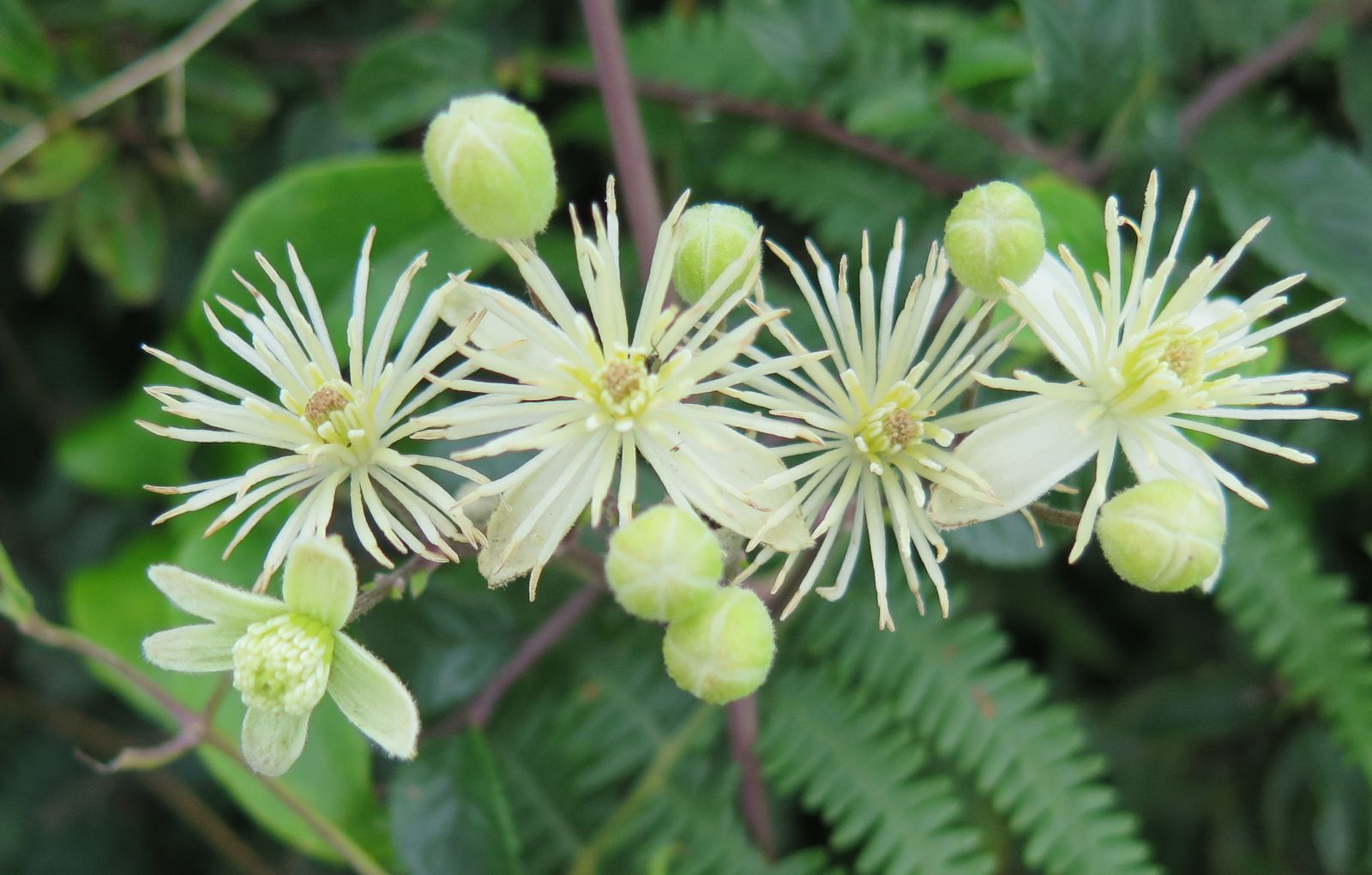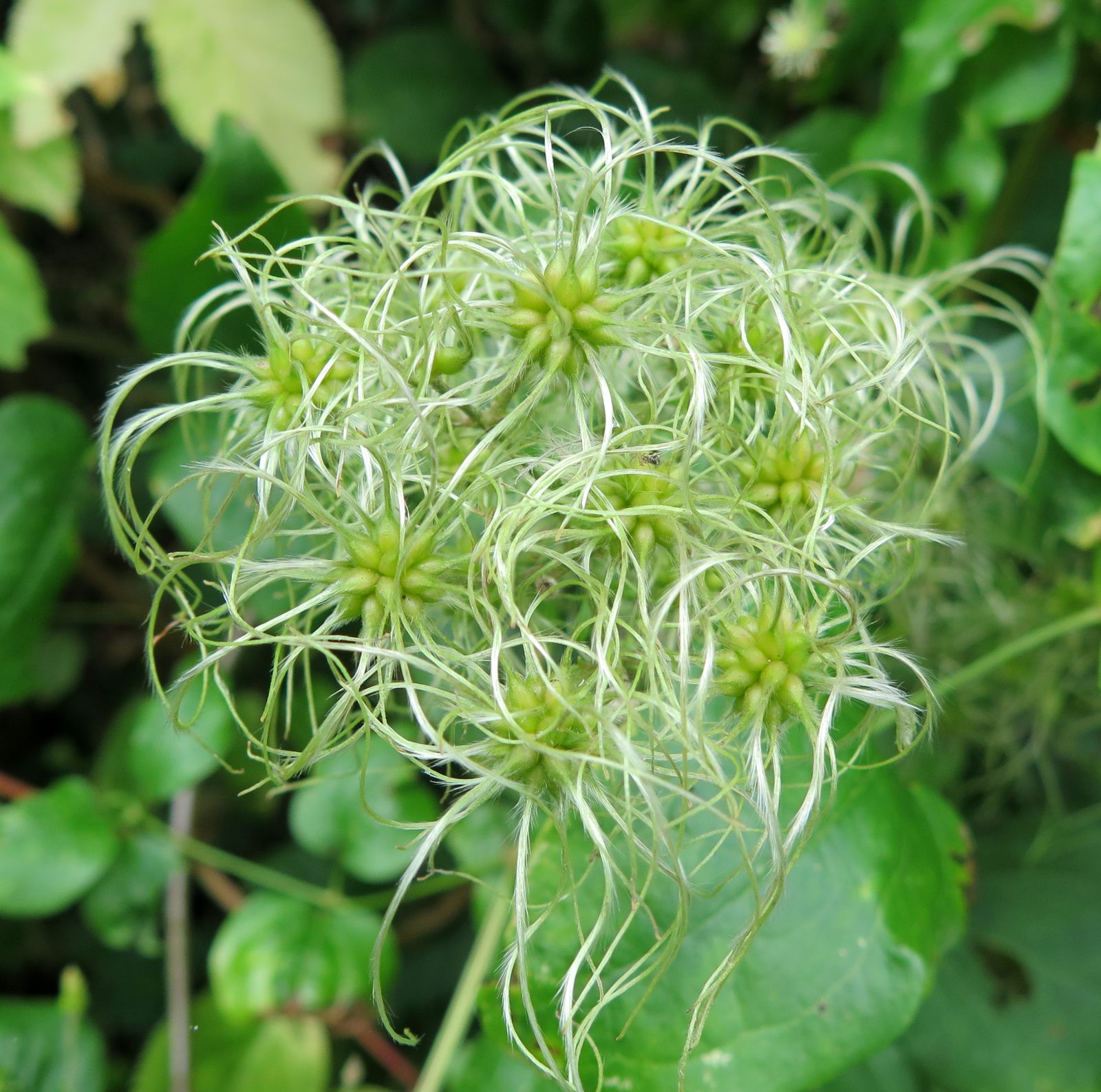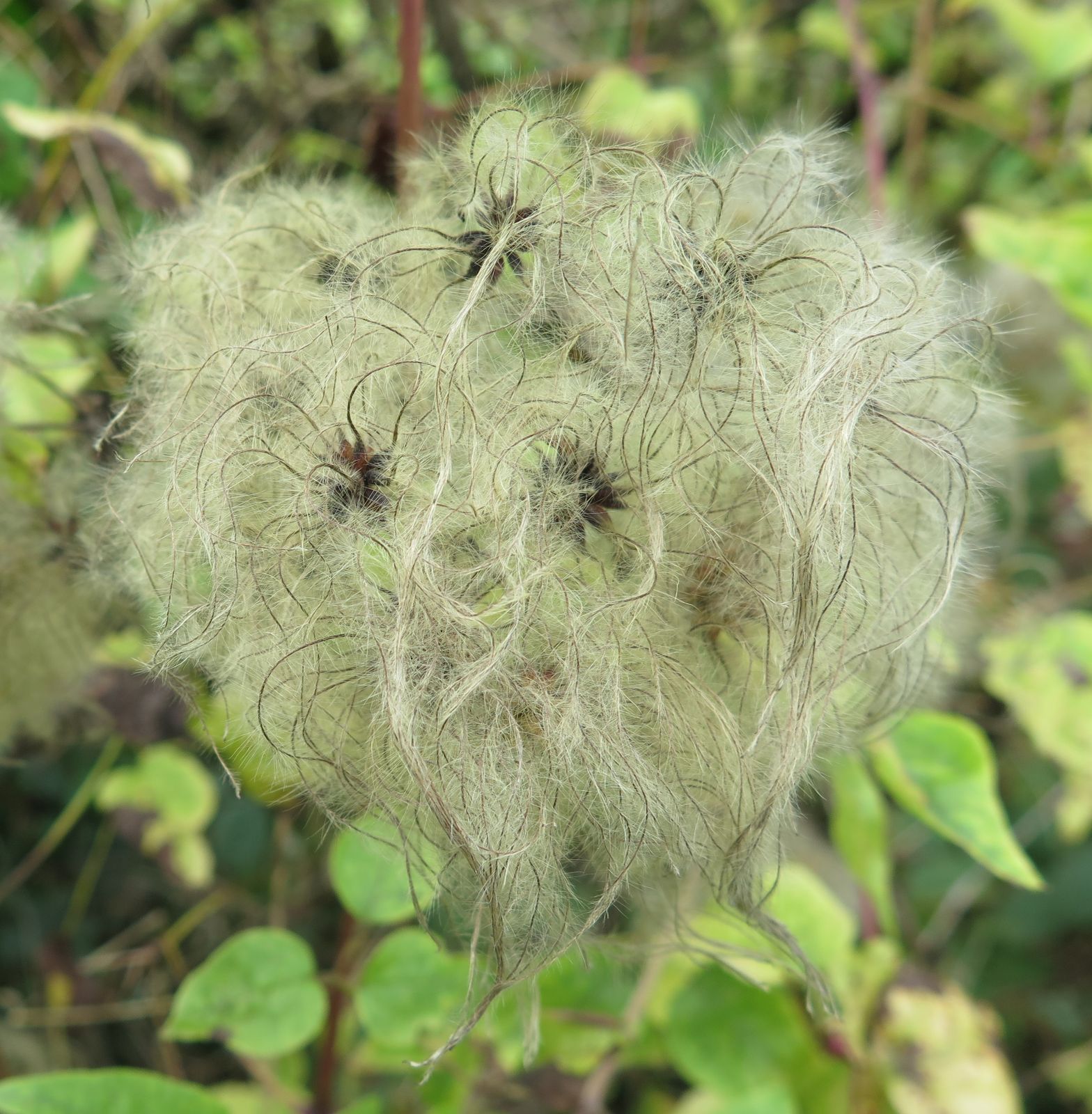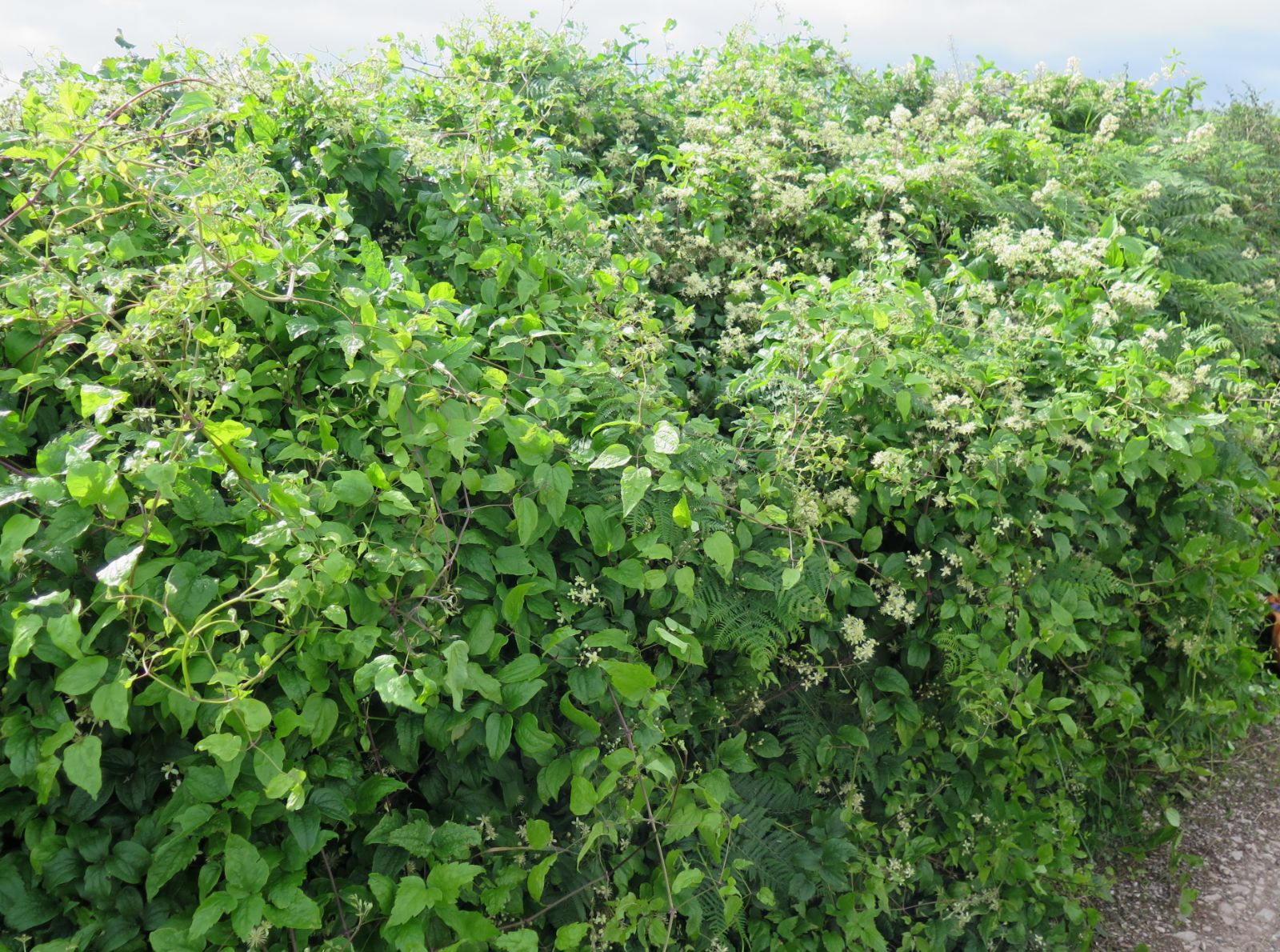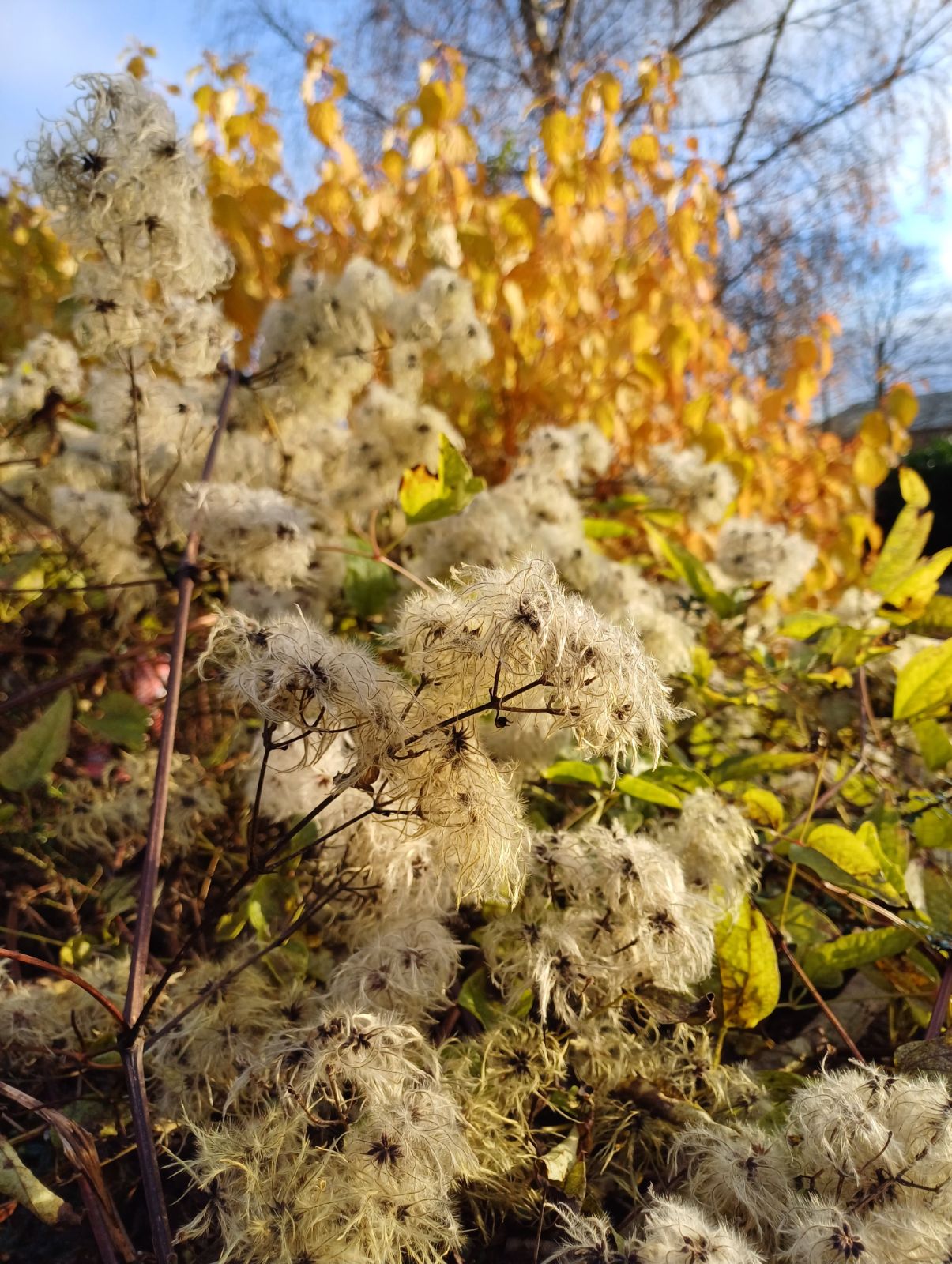Clematis vitalba
Credits
Article from Bean's Trees and Shrubs Hardy in the British Isles
Recommended citation
'Clematis vitalba' from the website Trees and Shrubs Online (treesandshrubsonline.
Genus
Common Names
- Traveller's Joy
- Old Man's Beard
Other taxa in genus
- Clematis acutangula
- Clematis aethusifolia
- Clematis afoliata
- Clematis akebioides
- Clematis alpina
- Clematis apiifolia
- Clematis armandii
- Clematis × aromatica
- Clematis campaniflora
- Clematis chinensis
- Clematis chrysocoma
- Clematis cirrhosa
- Clematis connata
- Clematis crispa
- Clematis × durandii
- Clematis × eriostemon
- Clematis fargesii
- Clematis finetiana
- Clematis flammula
- Clematis florida
- Clematis fusca
- Clematis gracilifolia
- Clematis grata
- Clematis heracleifolia
- Clematis integrifolia
- Clematis × jackmanii
- Clematis × jouiniana
- Clematis lanuginosa
- Clematis lasiandra
- Clematis ligusticifolia
- Clematis macropetala
- Clematis maximowicziana
- Clematis meyeniana
- Clematis montana
- Clematis nannophylla
- Clematis napaulensis
- Clematis orientalis
- Clematis paniculata
- Clematis patens
- Clematis phlebantha
- Clematis pitcheri
- Clematis quinquefoliata
- Clematis ranunculoides
- Clematis rehderiana
- Clematis serratifolia
- Clematis songarica
- Clematis stans
- Clematis tangutica
- Clematis texensis
- Clematis tibetana
- Clematis uncinata
- Clematis × vedrariensis
- Clematis verticillaris
- Clematis viorna
- Clematis virginiana
- Clematis viticella
A deciduous, climbing shrub, forming woody stems reaching ultimately, if support be available, 40 ft or more high, the older portions near the ground becoming in time as thick as a man’s wrist; young stems ribbed and downy. Leaves very variable in size and length; from 3 to 10 in. long, composed of five leaflets pinnately arranged. Leaflets ovate with a heart-shaped or rounded base, or lance-shaped, 1 to 4 in. long, stalked, the lowest pair occasionally trifoliolate, coarsely toothed or almost entire, more or less downy. Flowers dull white, borne in panicles 3 to 5 in. long from the leaf-axils; each flower about 3⁄4 in. in diameter, faintly almond-scented. Seed-vessels with long, plume-like styles, forming, when ripe, grey tufted balls very conspicuous in autumn and winter.
Native of Europe, and common in the south of England. Among our native climbers, it is the most vigorous and rapid in growth, making shoots several yards long in one season. It flowers from July to October, and its remarkable crop of silky fruits remain on the plants long after the leaves have fallen. It is of too aggressive a nature to be associated with valuable shrubs, which it would in time smother, but it has a charming effect in the wilder parts of the garden, where it may be allowed to wander over vigorous common shrubs or worn-out trees of little consequence. In such positions it gives a better idea than any other British plant of the lianes or ‘bush ropes’ of the tropics.
The popular name of ‘old man’s beard’ refers of course to the silvery grey fruits. The French name, ‘herbe aux gueux’ (beggar’s plant), originated from the use by beggars in Paris of the acrid juice of the plant to produce ulcerous wounds as a means of exciting pity. The pleasant name of ‘traveller’s joy’, was apparently invented by Gerard, who says this clematis is ‘esteemed for pleasure by reason of the goodly shadow and the pleasant sent or savour of its flowers. And because of its decking and adorning waies and hedges where people travel, thereupon have I named it Traveller’s joy.’

